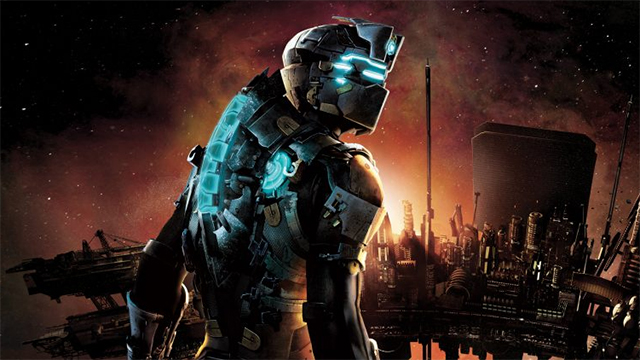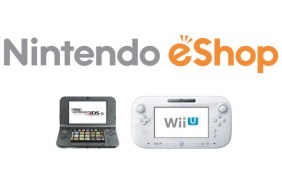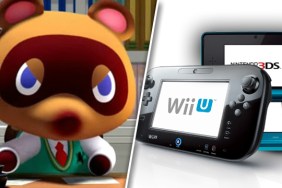The Callisto Protocol came out of nowhere at the 2020 Game Awards and had an instant fan base, which seems peculiar for a horror game set in the PUBG universe. But the hype comes from somewhere as many of the creative minds behind it were also some of the people who developed the good Dead Space games. That legacy has persisted since the first entry in 2008 and also applies to the 2011 sequel. And despite the 10 years since Dead Space 2’s launch, it’s still one of the best horror games ever created and a textbook example of an excellent sequel.
An forgettable opening
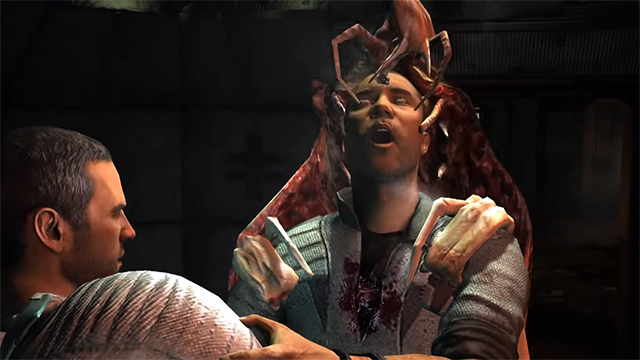
Dead Space 2 opens with an unforgettable bang. Isaac, the previous game’s protagonist, is in a straightjacket for some unknown reason. A mysterious man (modeled after the game’s producer, Rich Briggs) begins to free him before getting turned into a necromorph in real-time mere inches from Isaac’s face. Still shackled, a traumatized and confused Isaac headbutts the newly formed monster and runs for his life.
It’s one hell of an opening that is still one of the best in the genre because of how it sets the tone for the rest of the title. Something is deeply, deeply wrong as Isaac didn’t go back to normal after his traumatizing stay on the Ishimura. The fear of the unknown is strong as well as the fear of the known, which are shambling toward you with their sharp, extended limbs.
The transformation sequence cannot be understated, too. Seeing the mysterious man (who was also the star of the tepid Dead Space: Ignition) turn into a necromorph without any cuts or tricks is stunning even today as camera angles or other gimmicks will usually obscure such a difficult process. It harkens back to the iconic and deeply unsettling transformation scene in 1981’s An American Werewolf in London; both of which have effects have withstood the test of time.
Beautifully blending action and horror
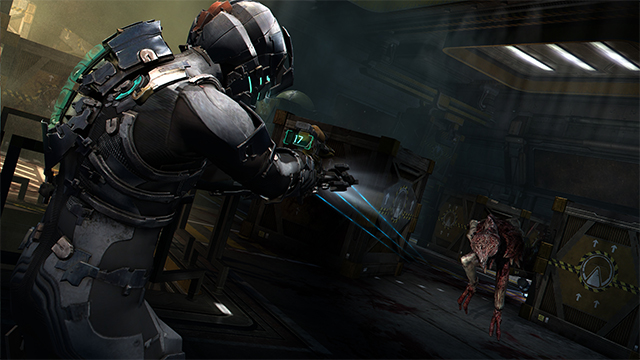
But the gameplay also holds up, which isn’t always the case for shooters. The first game’s Resident Evil 4-inspired third-person shooting got the job done yet had plenty of room for improvement. Dead Space 2’s combat felt smoother and faster but did not sacrifice one bit of its survival horror roots. Enemies were still deadly and required precise aiming to kill and the more fluid shooting only made that process a better experience while still retaining the tension from its predecessor.
The different types of enemies in the sequel kept up the mystery (and the fear inherent to it) and allowed for combat to never get stale. It almost became like a Doom game as each encounter requires a quick assessment of each threat and then a plan to take them all down accordingly within the confines of the arena. Executing that plan and improvising when things went haywire elicited a sense of tension that few others can match, further proving that horror games didn’t need to rely on clunky controls.
The strategic dismemberment enabled these moments, too, as carefully aiming at specific areas amidst the chaos was like the equivalent of a character fumbling the car keys around the lock in a horror movie. Precision under chaos is a ripe formula for such consistent thrills and building the whole game around such an intelligent micro gameplay loop ensured that it was always engaging and never got any less horrifying or tense. It was the perfect way to marry gameplay and tone and is something Dead Space 2 heavily improved upon over the original.
A stronger, more complex Isaac
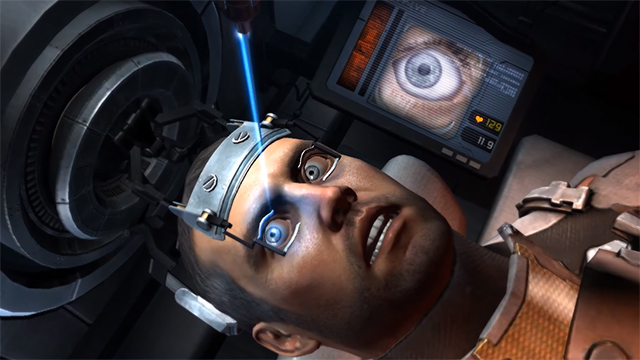
Dead Space 2’s gameplay saw massive improvements as did its narrative package. Letting Isaac speak was a huge benefit as it made him feel less like an errand boy and more like a person with agency within his own story. Seeing him deal with his PTSD was more intriguing because of his newfound ability to talk or scream when the time called for it. Echoing Aliens in this regard allowed Isaac to have a similar arc to Ripley as it gave more depth as he was able to overcome his fears, work through his guilt, and evolve into a better person. The silent Isaac in the first game didn’t have the capability to grow in this regard; an opportunity the sequel intelligently exploited.
And while the story was deeper as well, it yielded more than a few moments that are still burned into players’ brains. Isaac’s return to the Ishimura was no cheap ploy on nostalgia as it served as a clever manifestation of his fears and his ability to overcome them. The game’s difficulty also spikes here and better places the player into Isaac’s boots as they now as scared as he is as he revisits the ship from his nightmares. Sticking a needle in his eye in the final act was another one of these unforgettable moments as body horror like this is just uncomfortable to sit through. Participating in this sequence is the true magic though as it once again creates terror through its mechanics.
Dead Space 2 may have had a tacked-on multiplayer mode, but everything else about it creatively expanded upon the brilliant foundation from the debut title. Bigger isn’t always better — Dead Space 3 is an unfortunate example of that — but the best sequels know how exactly to go bigger and what to make better. It’s a shame the series effectively died shortly after Dead Space 2, but at least one of its last entries was as timeless as that coveted sequel.
